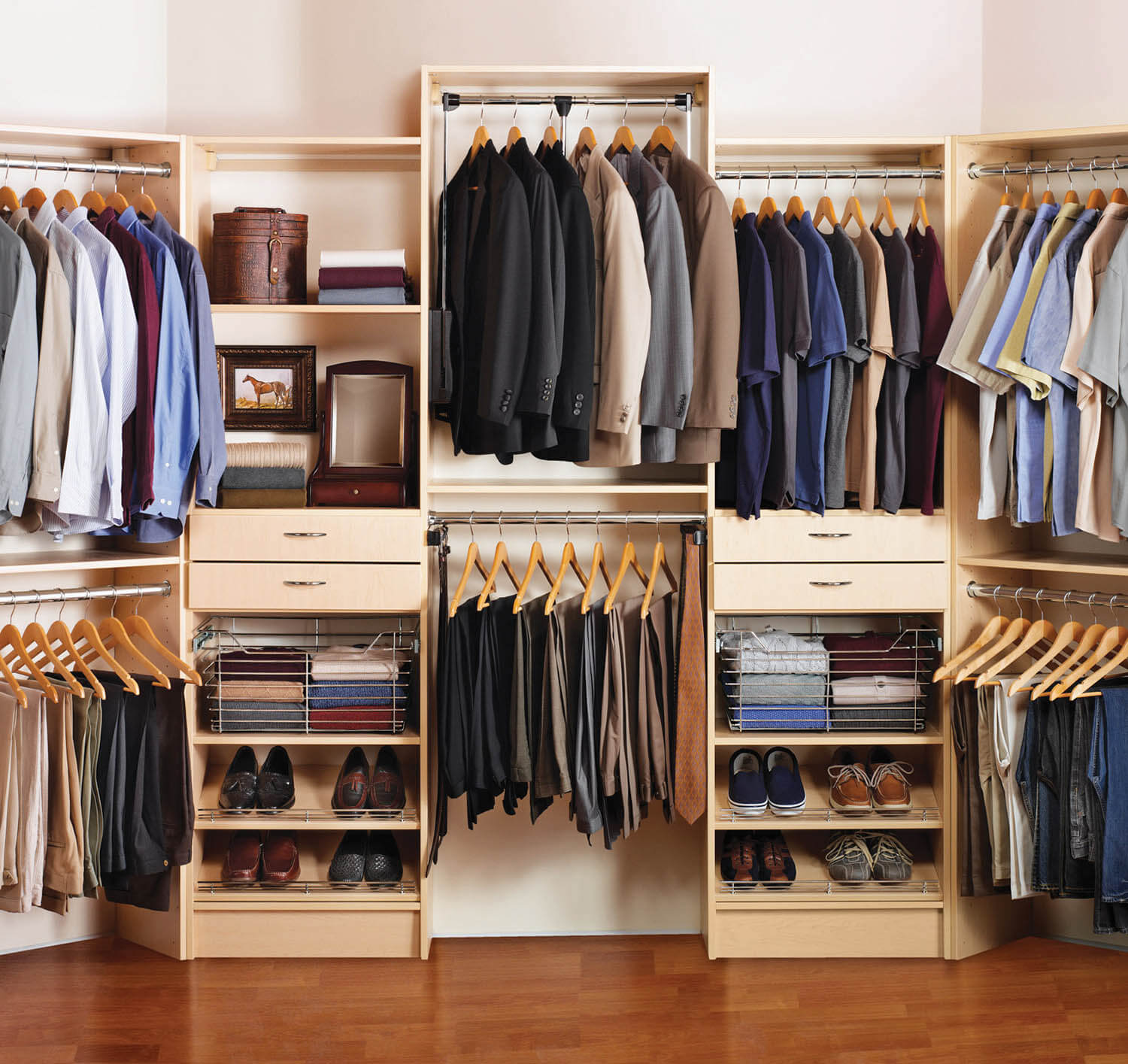Prior to starting his business, Edmonton Custom Closets, Keith Fleming had been doing design work on industrial sites. He liked the design aspect of the job. But the locations were dirty, noisy and far from home.
Then one day, he was visiting his brother who owned a small closet company in Victoria, B.C. Fleming helped with an installation and enjoyed it more than his own job at home.
“He just kind of looked at me and said: Why don’t you start something like this in Edmonton? So I did. I started creating it slowly. And then it just snowballed and away it went,” says Fleming.
At its inception in 2008, the company was a one-person show — Fleming did all the designing, ordering and installing of projects for clients.
But, a few years ago, he hired someone to help with installations and that choice proved almost prophetic after the pandemic hit.
“I physically couldn’t just do it myself anymore because we are so busy,” says Fleming. “Everyone is at home and everyone is renovating their homes.”
And many people are buying new homes. Ninety per cent of his business, says Fleming, comes from people who hate the closets in their newly bought homes. Usually these houses just come with a wire rack in the master bedroom. “And everyone hates the wire rack; you can’t slide clothes along it, and things fall through. You put too much weight on, and it fails. So, we start with a clean slate and build something they really want,” he says.
Most people overestimate what they can do in their space. One woman wanted such a huge array of organizational elements in a four-by-four foot space that Fleming says he told her he’d have to go out to his truck and get his Harry Potter wand. “That’s the only way we’d get all of this stuff in there,” he says.
Still, the main point to consider, he says, is maximizing space without creating clutter. Fleming’s favourite projects are those where people are recreating spare bedrooms — usually left after a grown child moves out — into dressing rooms. “It opens the door to being more creative,” says Fleming.
